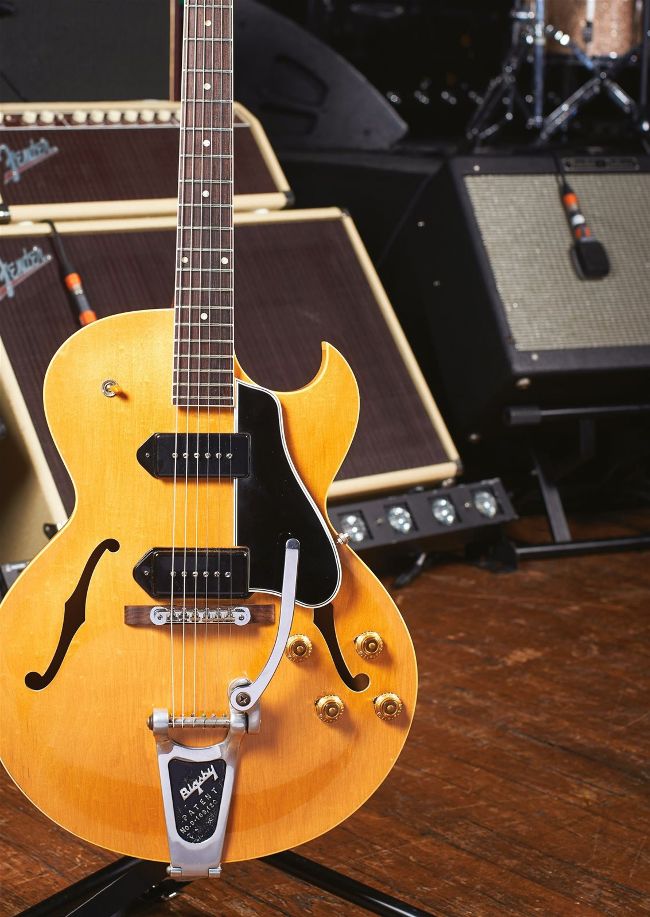Deeper reverb manipulation
Now you know the basics, let’s delve into the more complex attributes of reverb control for our tracks

Reverbs that are an intrinsic part of an instrument’s sound, such as a guitar amp’s built in ’verb, can be additionally included in a wider room simulation
Placing the instruments and voices of a mix into a consistent space does not preclude us from adding additional reverbs to specific parts and tracks. This is particularly true when a reverb is being used as enhancement rather than for simulation purposes.
For example, you may wish to add some spring reverb to a guitar track to help emulate a classic guitar amp sound. That reverb becomes an intrinsic component of the guitar performance, and would be present if performed in a live venue, and so it absolutely makes sense to also include it in the overall room reverb.
It is also not uncommon to apply more than one reverb to a single track when creating trackspecific enhancements and/or special effects. This is especially true of vocals and other lead lines; a good example being having both an up-front gated reverb and a more subtle, spacious reverb on the same part. In this case, however, we may not want to blend the ‘enhancement’ reverb with a shared room ’verb.